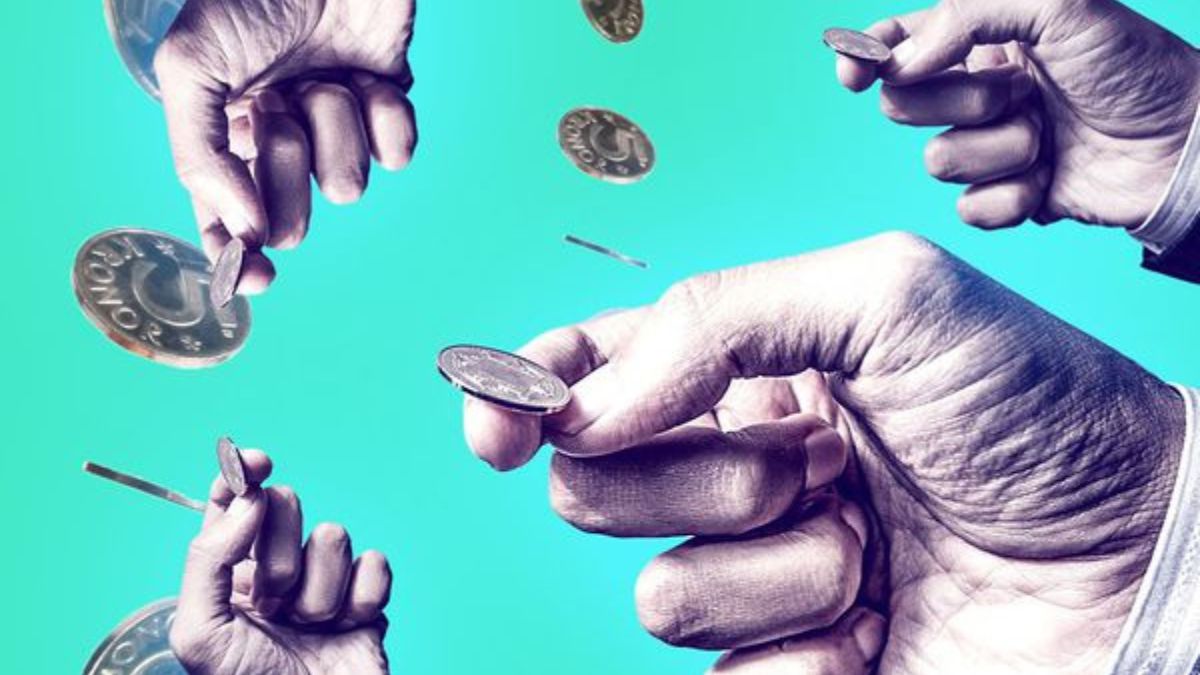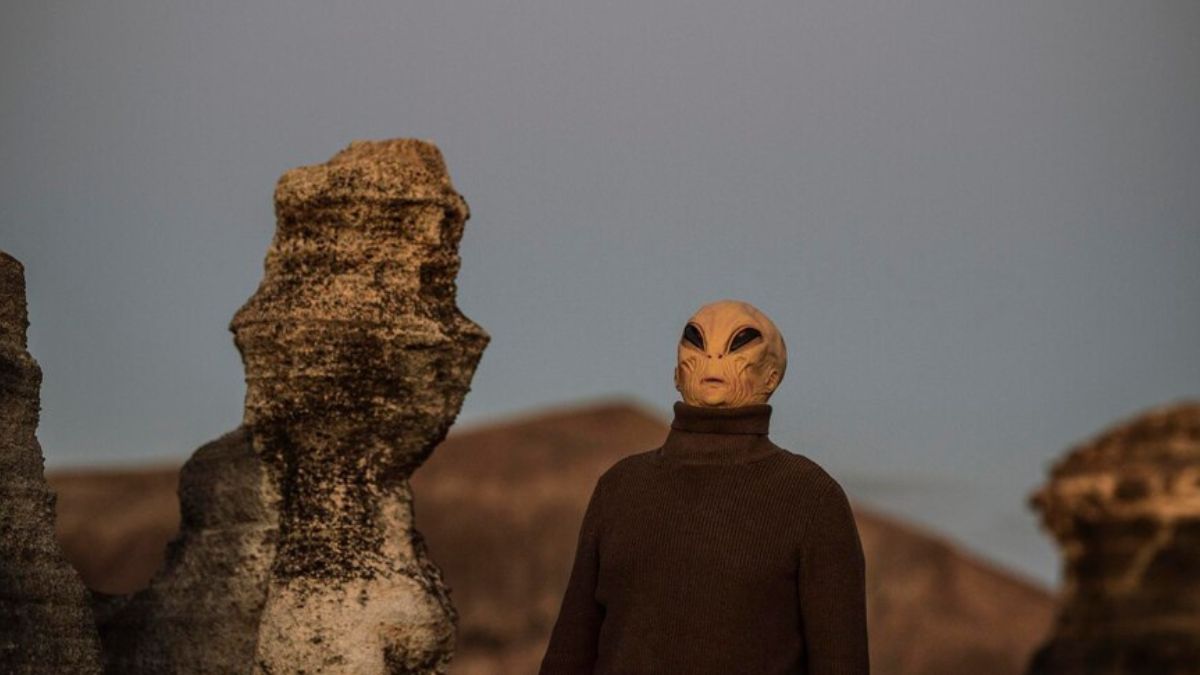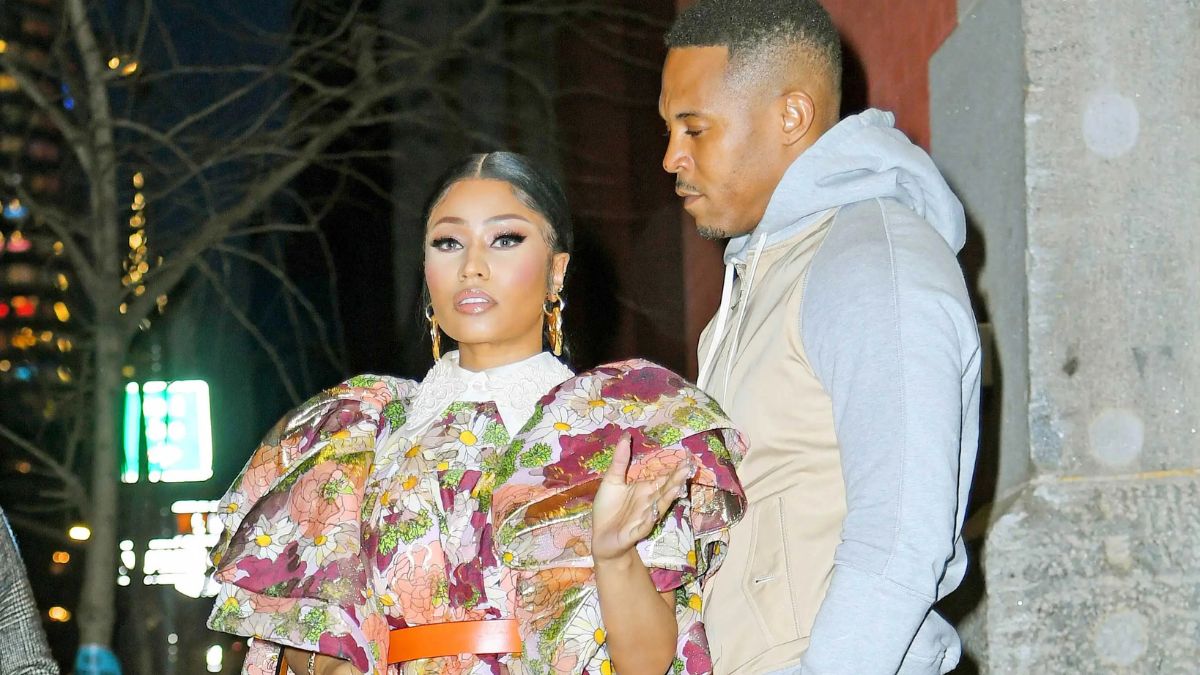TOPIC
Heads or Tails? The Psychology Behind the Perfect flip a coin

There’s something undeniably thrilling about the simple act of flipping a coin. With just a flick of your thumb, an everyday object transforms into a decision-maker, a tie-breaker, or even fate itself. Whether you’re trying to choose between pizza or tacos for dinner, deciding who goes first in a game, or making life-altering choices, “flip a coin” can become your go-to strategy when indecision strikes. But why do we trust such randomness? What is it about this age-old method that appeals to our psyche? Let’s dive into the intricate world behind this seemingly trivial act and explore how chance plays its role in our lives.
The psychology behind decision making and the role of chance
Decision-making is a complex process influenced by numerous factors. We often rely on logic, emotions, and past experiences when faced with choices. Yet, there are moments when we find ourselves at a crossroads where every option seems equally viable.
This is where chance comes into play. Flipping a coin introduces an element of randomness that can cut through indecision. It removes the burden of overthinking and allows us to surrender control temporarily.
Psychologically, this act can also reveal our true desires. When the coin lands, our reaction may tell us more than we realize about what we truly want—whether it’s relief or disappointment. This simple flip can serve as both a decision tool and an emotional mirror reflecting inner conflicts.
In today’s fast-paced world, embracing the role of chance in our decisions might be exactly what we need to navigate uncertainty with ease.
Historical significance flip a coin in games and sports
The act of flipping a coin has deep roots in history, especially within games and sports. Ancient civilizations used this simple method to settle disputes and make decisions. The Romans famously employed it during gladiatorial contests, deciding outcomes with the toss of a coin.
In more modern contexts, sporting events often rely on this technique for crucial choices. A coin flip at the start of American football games determines possession and can set the tone for an entire match.
This seemingly trivial action carries weighty significance. It embodies fairness, offering both teams an equal chance right from the outset. Fans may not realize that one flip can influence strategies and momentum throughout an entire game.
Coin tossing rituals have also found their way into other competitive arenas like poker or even major championships across various sports disciplines. This tradition continues to symbolize chance’s role amidst skillful play.
Techniques for flip a coin effectively
To flip a coin effectively, start by choosing the right coin. A standard quarter works well, but any flat and balanced coin will do.
Hold it between your thumb and index finger. This grip allows for a good flick of the wrist. The key is to create enough height on the flip so that it rotates several times in the air.
Practice makes perfect. Try different flipping techniques to see which one gives you consistent results. Some prefer to toss with force; others like a gentle flick.
Consider your environment too. A soft surface can absorb some impact when landing, while hard surfaces may cause more erratic bounces.
Be mindful of distractions around you during the flip. Focus on the moment; this keeps things fair and reduces external influences on chance outcomes.
Impact of external factors on the outcome of a coin flip
When you flip a coin, you might think the outcome is purely random. However, external factors can influence the result in subtle ways.
The force applied during the toss plays a significant role. A harder flick could send it spinning more times before landing, potentially skewing results. The angle of your wrist and how high you throw it also matter greatly.
Then there’s wind or air pressure if you’re outdoors. A gentle breeze can redirect the coin mid-air, affecting its final position on landing.
Even the surface where it lands makes a difference—soft grass versus hard concrete creates different bounce dynamics that may sway heads or tails in one direction over another.
All these elements remind us that chance isn’t as straightforward as it seems when flipping a coin; multiple variables come into play to shape each unique outcome.
Superstitions and beliefs surrounding flip a coin
Superstitions often accompany the act of flipping a coin. Many believe that heads or tails can carry deeper meanings, reflecting personal luck or fate.
For some, choosing heads is associated with positive outcomes. Tails, on the other hand, might be deemed less favorable by certain individuals. This belief can influence their choices.
Cultural nuances play a role too; in some traditions, specific coins are thought to bring fortune when used for decision-making. Certain phrases like “heads I win, tails you lose” highlight this mindset of chance intertwined with luck.
Moreover, rituals surrounding coin flips exist—like spinning the coin three times before tossing it or saying a mantra aloud for good luck. These customs deepen our connection to the flip itself and enhance its significance in high-stakes moments.
In sports and games, players sometimes rely on these beliefs as they approach critical decisions involving chance. The weight of superstition adds an intriguing layer to what seems like a simple act.
Real-life examples of important decisions being made through a simple coin toss
Sometimes, the weight of a decision feels too heavy to bear. In those moments, people have turned to an unlikely source: the coin toss.
Take, for example, the 1950s baseball legend Casey Stengel. During a pivotal moment in his managerial career, he famously flipped a coin to decide between two promising players. The outcome influenced not just that game but also shaped team dynamics for years.
In another instance, high-stakes poker players often rely on chance when faced with split-second choices at crucial junctures in tournaments. A simple flip can mean victory or elimination from the game entirely.
Even everyday life sees this method employed; couples frequently use it to navigate decisions like vacation destinations or dinner plans. It’s fascinating how something so basic can carry such significance and resolve debates that seem endless otherwise.
Conclusion: Whether it’s heads or tails, sometimes leaving things to chance
Sometimes, life presents us with choices that seem equally balanced. When faced with uncertainty, flipping a coin can offer a simple solution. It’s more than just a game of chance; it’s an intriguing intersection of psychology and decision-making.
The act of flipping a coin transforms the weighty burden of choice into something lighthearted. Heads or tails may sound trivial, yet it embodies the essence of randomness in our lives.
Whether you’re deciding where to eat dinner or making significant career moves, embracing this randomness can sometimes be freeing. After all, not every decision needs extensive analysis—sometimes it’s just about taking the leap and letting fate decide.
So next time you’re at a crossroads, don’t hesitate to flip that coin. It might lead you somewhere unexpected but exciting!
TOPIC
Fame and Misfortune: Life as the ‘Ugliest Person in the World’

In a world that often worships beauty, the harsh truth is that not everyone fits the mold. Society is obsessed with appearances, constantly bombarding us with images of perfection. But what happens to those who don’t conform? This blog explores one extraordinary story—the journey of Lizzie Velasquez. Dubbed the ‘ugliest person in the world,’ Lizzie’s experience shines a light on cyberbullying and body shaming, showcasing how cruel labels can shape lives. Yet amidst this pain lies an inspiring narrative of resilience and self-acceptance that challenges conventional notions of beauty. Join us as we dive into her powerful story and uncover valuable lessons about inner strength and societal change.
The Story of Lizzie Velasquez: A Constant Target of Cyberbullying and Body Shaming
Lizzie Velasquez’s journey began in a world that often equates beauty with worth. Born with a rare genetic condition, she was labeled the “ugliest person in the world” at just 17 years old. This cruel title came from an online video that sparked relentless cyberbullying.
Every day became a battle against hateful comments and body shaming. The internet can be a harsh place, especially for someone vulnerable to society’s unrealistic standards of beauty. Lizzie faced unsolicited judgments about her appearance and health, leading many to forget her remarkable spirit.
Despite this onslaught of negativity, Lizzie refused to let it define her. Instead of conforming to societal expectations, she chose to embrace her uniqueness. Her story is not just one of hardship but also resilience as she transformed pain into purpose through advocacy and empowerment.
The Emotional Toll of Being Labeled as the ‘Ugliest Person in the World’
Being labeled as the “ugliest person in the world” carries an immense emotional burden. For many, this label becomes a heavy weight, affecting self-esteem and mental health in profound ways.
The constant scrutiny can lead to feelings of isolation. It creates a barrier between oneself and the outside world. Instead of connection, there’s often loneliness and despair.
Every harsh comment or cruel joke chips away at one’s confidence. The pain isn’t just skin deep; it penetrates the very core of identity.
Living with such stigma can be exhausting. Each day may feel like a battle against societal norms that prioritize beauty over individuality.
Despite this, resilience emerges from such struggles. Many find strength in vulnerability, turning their pain into powerful narratives that resonate with others facing similar challenges.
Fighting Back Against the Bullies: Lizzie’s Journey Towards Self-Love and Acceptance
Lizzie Velasquez has faced unimaginable challenges throughout her life. Labeled the “ugliest person in the world,” she became a target for bullies and online trolls. But instead of succumbing to despair, Lizzie chose to fight back.
She began by sharing her story with the world. Each speech and video became a powerful testament to resilience. Through vulnerability, she inspired countless others who felt marginalized or misunderstood.
As Lizzie embraced self-love, she learned that beauty exists far beyond physical appearance. Her journey was not just about acceptance but also empowerment. She discovered strength within herself that no critique could diminish.
With each passing day, Lizzie transformed negativity into fuel for positivity. By advocating for kindness and compassion, she challenged societal norms surrounding beauty standards and encouraged others to celebrate their uniqueness unapologetically.
The Power of Inner Beauty: Lessons Learned from Lizzie’s Experience
Lizzie Velasquez embodies the essence of inner beauty. Despite being labeled as the “ugliest person in the world,” she radiates strength and resilience. Her journey teaches us that true beauty stems from our character, not our appearance.
Every time Lizzie faces negativity, she counters it with positivity. She embraces her uniqueness and encourages others to do the same. Her infectious spirit inspires many to redefine their understanding of worth.
Her experience highlights a crucial lesson: kindness and compassion outweigh superficial judgments. The courage to look beyond physical attributes transforms how we see ourselves and others.
By focusing on inner qualities such as empathy, love, and determination, we can create a more inclusive society where everyone feels valued. Lizzie’s story serves as a powerful reminder that authentic beauty shines brightest when nurtured from within.
Changing Society’s Standards: How We Can Stop
Changing society’s standards begins with conversation. We need to talk about beauty in a broader sense. Engaging discussions can shift perceptions and broaden horizons.
Education plays a crucial role. Schools should incorporate lessons on body positivity and self-acceptance into their curriculums. Teaching empathy can foster understanding from an early age.
Social media is another powerful tool for change. Influencers and celebrities who promote authentic beauty challenge traditional norms. Their voices reach millions, reshaping the narrative around appearance.
Supportive communities matter too. Creating safe spaces where individuals share experiences helps combat negativity. It encourages everyone to embrace their uniqueness without fear of judgment.
We must hold media accountable for their portrayals of beauty. Advocacy for diverse representation in films, advertisements, and magazines cultivates acceptance among audiences everywhere.
Conclusion
Society’s obsession with beauty often creates a narrow definition of what is considered attractive. This fixation can lead to harmful labels, such as the one sadly bestowed upon Lizzie Velasquez, who was infamously dubbed the “ugliest person in the world.” Despite this dehumanizing title, Lizzie has shown incredible resilience and strength.
Her journey through cyberbullying and body shaming illustrates an emotional toll that many face when society imposes its standards on them. However, rather than succumbing to despair, she chose to fight back against her bullies. Through self-love and acceptance, Lizzie transformed her narrative from victimhood to empowerment.
The lessons we learn from her experience are profound. Inner beauty shines brighter than any external standard set by others. It’s essential for us all to embrace our uniqueness and reject societal pressures that dictate how we should look or feel about ourselves.
Changing these deeply ingrained societal standards starts with each of us. We must be mindful of our words and actions towards others while promoting a culture that values kindness over cruelty. By doing so, we contribute to a future where labels like “the ugliest person in the world” become relics of a less compassionate past—allowing everyone to thrive without fear of judgment based on appearances alone.
TOPIC
The Science Behind Why Some Baby That Can Hoot

Have you ever heard a baby let out a sound that resembles an owl’s hoot? It’s both surprising and delightful. The phenomenon of babies who can imitate this unique noise has puzzled many parents and experts alike. Some children seem to possess this quirky talent naturally, while others may take some inspiration from their surroundings. What drives these little ones to produce such distinctive sounds? Today, we’ll explore the science behind why some babies can hoot, revealing the intriguing interplay of genetics, environment, and even parental influence that shapes this adorable behavior. Join us as we dive into the world of vocal exploration in our tiniest family members!
The Role of Genetics in Baby Hooting Abilities
Genetics play a fascinating role in a baby’s ability to hoot. Just like eye color or height, vocalization skills can be inherited. Certain genetic traits may influence muscle control and sound production in infants.
Research suggests that some babies might have a natural predisposition for unique sounds. This talent could be linked to specific genes related to vocal cord development and auditory processing.
Families with musical backgrounds often produce children who exhibit extraordinary vocal skills early on. These hereditary patterns hint at an innate potential for expressive communication.
However, while genetics provide the foundation, they don’t guarantee proficiency alone. Every child is different; their environment and experiences will shape their abilities as much as their DNA does.
How Environmental Factors Can Influence Baby’s Ability to Hoot
Environmental factors play a significant role in shaping a baby’s ability to hoot. Sound exposure is crucial during the early months. Babies are highly receptive to different noises around them, from chirping birds to playful sounds made by family members.
A stimulating environment can encourage vocal experimentation. If a baby frequently hears varied sounds, they may be more likely to mimic those noises, including the charming hooting sound.
Moreover, the presence of siblings or pets can further enrich this auditory landscape. Interaction with these companions often leads babies to explore their voices and develop unique expressions.
Additionally, cultural influences cannot be overlooked. In some cultures where singing and vocal play are common practices, children might show an inclination toward imitating those sounds earlier than others.
Creating an engaging atmosphere filled with diverse audio experiences could unlock your little one’s hidden talents.
The Impact of Parental Behavior on a Baby’s Hooting Skills
Parental behavior plays a crucial role in shaping a baby’s ability to hoot. When caregivers vocalize playfully, it encourages similar responses from their little ones. Mimicking sounds and engaging in playful communication can spark curiosity.
Interaction is key. Babies thrive on social engagement. Frequent conversations filled with varied tones can inspire them to explore new sounds, including the captivating hoot.
Moreover, exposure matters. If parents create an environment rich in sound—like playing nature recordings or animal noises—the baby may be more inclined to experiment with their own vocalizations.
Positive reinforcement also boosts confidence. Celebrating each attempt at hooting motivates babies to continue expressing themselves audibly and creatively, fostering a sense of achievement.
Each child’s journey is unique; attentive parenting can cultivate these special talents effectively over time without pressure or expectation.
Other Factors That May Contribute to a Baby’s Hooting Ability
Several intriguing factors can influence a baby’s ability to hoot. For instance, exposure to varied sounds during pregnancy might play a role. Babies are known to respond to music and other rhythmic patterns even before they’re born.
Postnatal experiences also matter. Infants who grow up in households filled with diverse auditory stimuli may develop their vocal skills more rapidly. This includes everything from playful interactions to regular conversations among family members.
Health considerations cannot be overlooked either. A baby’s overall health and development can impact their vocalization abilities. Conditions affecting hearing or respiratory function could potentially limit how well they express themselves through unique sounds.
The presence of pets can spark curiosity and mimicry in babies, leading them to imitate animal noises like hooting. The environment around a child is often rich with learning opportunities that shape their communication style in unexpected ways.
Tips for Encouraging Your Baby that can Hoot
Encouraging your baby that can hoot can be a joyful journey. Start by mimicking the sound yourself. Babies love to imitate, and your enthusiastic “hoot” might just spark their interest.
Create a playful environment filled with sounds. Use toys or recordings of owls hooting. This auditory stimulation can inspire them to experiment with their own vocalizations.
Engage in face-to-face interactions during playtime. Make eye contact and smile while encouraging them to make different sounds. Your encouragement will boost their confidence.
Read books featuring animals that hoot, like owls. The colorful illustrations combined with storytelling can capture your baby’s attention and prompt them to join in on the fun.
Celebrate every attempt they make, no matter how small it is. Positive reinforcement goes a long way in nurturing their unique talents and fostering creativity.
Conclusion: Embracing the Unique Talents of Every Child
Every child is a unique bundle of joy, and those who possess the special talent of hooting add an extra layer of wonder to parenting. Whether it’s genetics, environment, or simply their own quirky personality shining through, these babies bring smiles and laughter to everyone around them.
Encouraging your baby that can hoot not only nurtures their development but also strengthens the bond between you. Celebrate this delightful ability as part of their growth journey. After all, every little sound they make is a step towards discovering their voice in this big world.
Embrace the quirks that come with each child’s development. Each “hoot” might just be the beginning of something extraordinary—a reflection of individuality that’s worth cherishing as they grow.
TOPIC
Exploring Kenneth Petty Impact on Pop Culture and Beyond

Kenneth Petty is a name that has become synonymous with both allure and controversy in the entertainment world. As the husband of rap superstar Nicki Minaj, he has stepped into the limelight, drawing attention from fans and critics alike. But who exactly is Kenneth Petty beyond his famous partner? His journey from a challenging upbringing to becoming a prominent figure in pop culture is as intriguing as it is complex.
Petty’s multifaceted life encompasses music, personal struggles, and legal battles—an intricate tapestry woven with threads of fame and notoriety. His influence extends far beyond just his relationship with Minaj; it touches various aspects of social media trends, internet culture, and even community involvement. The narrative around Kenneth Petty continues to unfold as he navigates both acclaim and backlash. Join us as we delve deeper into Kenneth Petty’s impact on pop culture—and discover how this enigmatic figure leaves an indelible mark on our society today.
Rise to Fame and Controversies
Kenneth Petty’s rise to fame was anything but ordinary. Initially known as Nicki Minaj’s partner, he quickly became a figure of interest in the entertainment world. His relationship with one of music’s biggest stars put him in the spotlight.
However, this rise wasn’t without its share of controversies. Kenneth faced significant scrutiny due to his past legal issues, which sparked debates across social media platforms. Critics often highlighted these troubles when discussing his public persona.
The juxtaposition between celebrity status and personal history created a complex narrative that fascinated fans and critics alike. Some viewed him through a lens of redemption while others remained skeptical. This duality has only fueled conversations about accountability and growth within popular culture.
Influence on Pop Culture Through Music Industry
Kenneth Petty’s influence on pop culture extends significantly through his connections within the music industry. As a figure closely associated with Nicki Minaj, he has managed to carve out a unique niche that resonates with fans.
His collaborations and appearances have brought an edge to mainstream music. This visibility has allowed him to impact trends and conversations surrounding hip-hop culture.
Petty’s presence in music videos and live performances adds depth, often sparking discussions about authenticity and relationships in the industry. Musicians frequently draw inspiration from personal narratives, and Petty embodies this narrative arc.
The interplay between his life experiences and musical artistry fosters engagement among listeners. Fans are keenly aware of how these dynamics shape their favorite artists’ stories, creating a cultural dialogue rich with emotion and relevance.
Impact on Social Media and Internet Culture
Kenneth Petty’s presence on social media has sparked significant conversations. His interactions often reflect a blend of authenticity and controversy, drawing attention from both fans and critics.
The hashtags associated with his name frequently trend across platforms like Twitter and Instagram. This influence creates ripples in online discussions about relationships, fame, and personal struggles. His candid posts offer followers an unfiltered glimpse into his life.
Moreover, memes featuring Kenneth have made their rounds on various forums. These playful interpretations highlight the duality of celebrity culture—adulation mixed with scrutiny. Fans engage in sharing their perspectives, fueling debates that extend beyond just music or personal branding.
As part of Nicki Minaj’s orbit, he amplifies her narratives while also cultivating his own identity within the digital landscape. The dynamic interplay between them affects public perception, making him a focal point for discourse surrounding modern pop culture figures.
Petty’s Relationship with Nicki Minaj and their Public Image
Kenneth Petty’s relationship with Nicki Minaj has undeniably shaped their public image. The couple’s romance became a topic of heated discussion as they often shared glimpses of their life together on social media.
Fans were quick to react, expressing both support and skepticism. While some celebrated the love story, others raised eyebrows due to Petty’s controversial past.
Nicki has been known for her fierce loyalty. She defended Kenneth against critics and highlighted his role in her life. This provided a glimpse into a more personal side of the superstar.
As they navigated the complexities of fame, their bond became intertwined with both admiration and scrutiny from fans and media alike. Their dynamic illustrates how powerful relationships can impact celebrity personas in today’s fast-paced digital landscape.
Beyond Pop Culture: Petty’s Legal Troubles and Community Involvement
Kenneth Petty’s life extends beyond the glitz and glamour of pop culture. His legal issues have often overshadowed his personal journey. With a criminal history that includes convictions for attempted rape, these troubles serve as reminders of his complicated past.
Despite this, Petty has shown a desire to give back to the community. Engaging in local charity events demonstrates an effort to break away from previous mistakes and make a positive impact on those around him.
His relationship with Nicki Minaj also plays into this narrative. Together, they advocate for various social causes, showcasing their ability to use fame for good.
While controversies may define parts of Petty’s story, there’s more than just headlines surrounding him. The complexities of his character continue to spark discussions about redemption and responsibility in today’s society.
Conclusion: The Legacy of Kenneth Petty in the Entertainment World
Kenneth Petty journey through the entertainment world is a complex tapestry woven with influence, controversy, and undeniable impact. Rising to fame alongside his partner Nicki Minaj has placed him in the spotlight, making him a notable figure not only within music but across various facets of pop culture.
His presence on social media has transformed how fans engage with celebrity relationships. Kenneth’s life experiences resonate with many people, igniting conversations about love, loyalty, and personal growth. This connection extends beyond just his romantic ties; it encompasses broader discussions around identity and self-expression.
While his legal troubles have cast shadows over his public image at times, they highlight the challenges faced by many who navigate fame. His community involvement illustrates that he aims to give back despite facing hurdles.
Kenneth Petty’s legacy is multifaceted. He remains an essential part of discussions surrounding modern celebrity culture while also serving as a reminder that everyone can grow and change amidst adversity. The narrative he continues to build reflects both the highs and lows of being in the limelight—leaving an indelible mark on today’s entertainment landscape.
-

 TOPIC6 days ago
TOPIC6 days agoIs Checwifeswap Right for You? Pros and Cons Explained
-

 TOPIC1 month ago
TOPIC1 month agoThe Significance of 17029009482: An In-Depth Exploration
-

 TOPIC6 days ago
TOPIC6 days agoWhy Magdalenavuk15 is Making Waves in the Blogging Community
-

 TOPIC1 month ago
TOPIC1 month agoTop Features of the Denso 10PA17 447220-4771 You Should Know
-

 TOPIC1 month ago
TOPIC1 month agoTinkerdinky: A Playful Approach to Innovation and Design
-

 TOPIC2 weeks ago
TOPIC2 weeks agoThe Evolution of ICS15014849: What You Need to Know
-

 HEALTH1 month ago
HEALTH1 month agoThe Benefits and Risks of Emervuy Surgery Explained
-

 TOPIC3 weeks ago
TOPIC3 weeks agoTronics Orul1108: Revolutionizing Your Tech Experience
